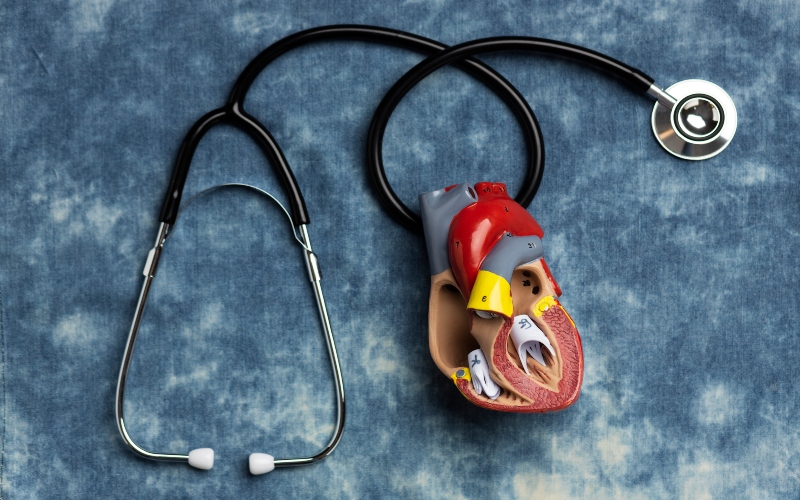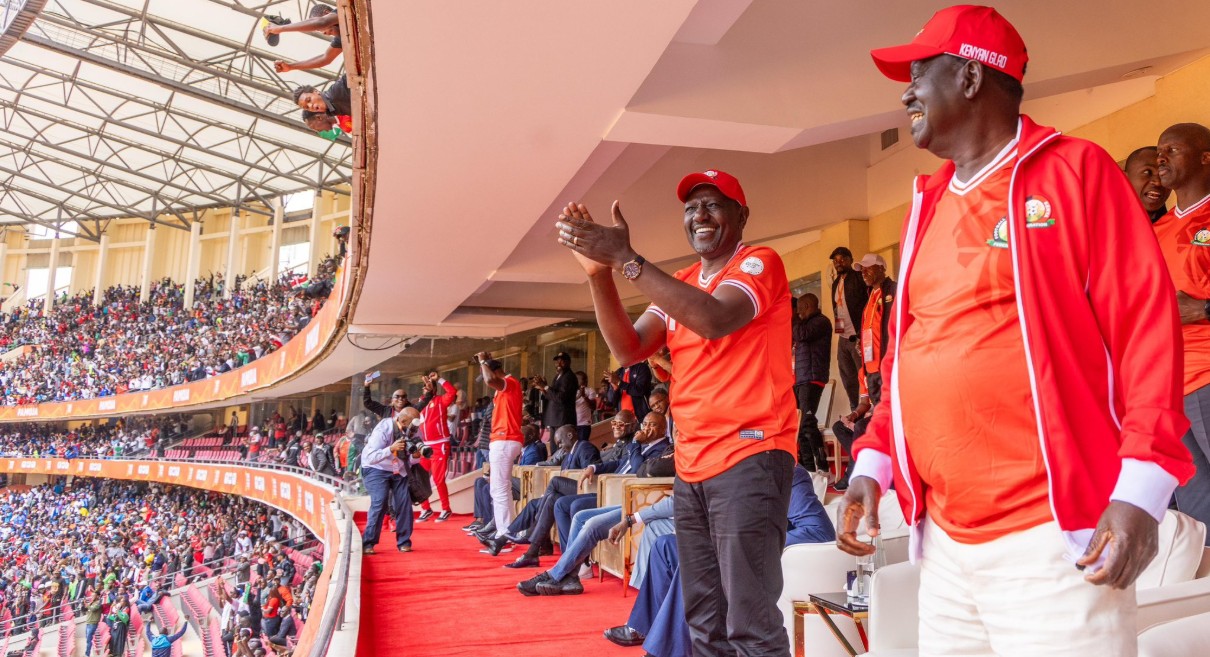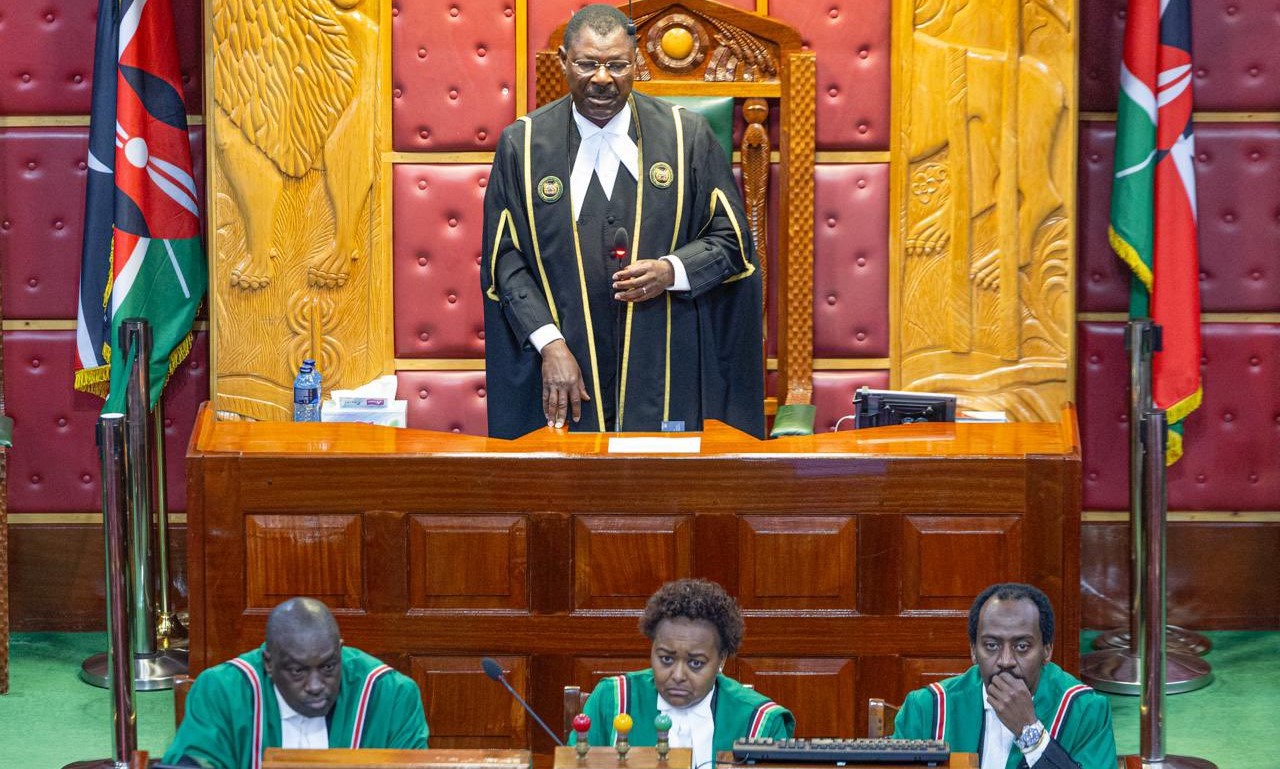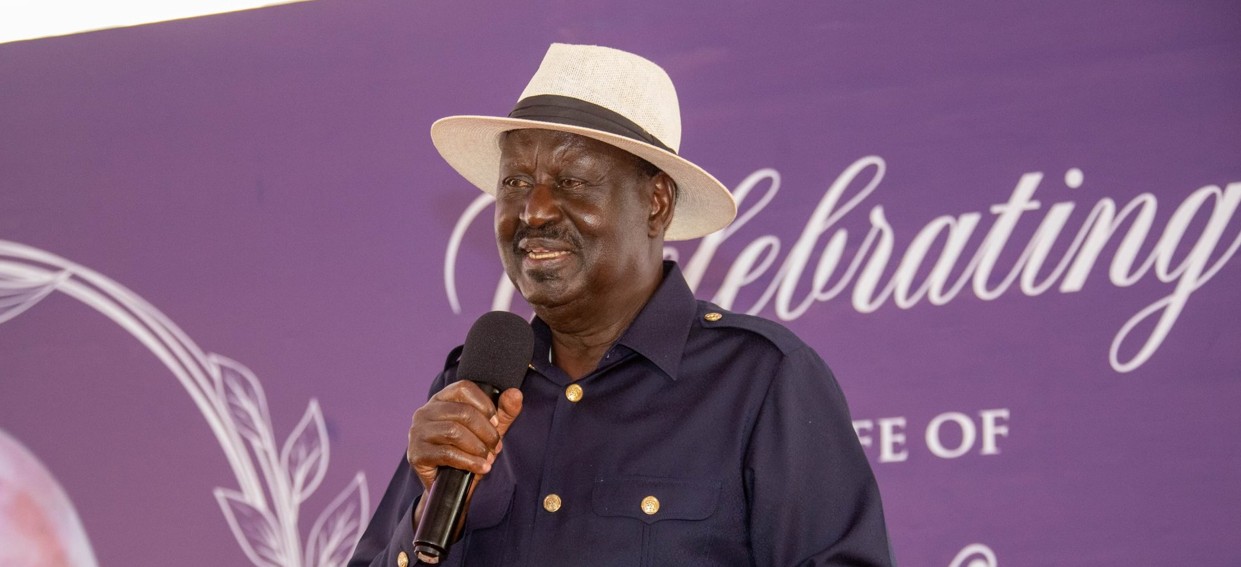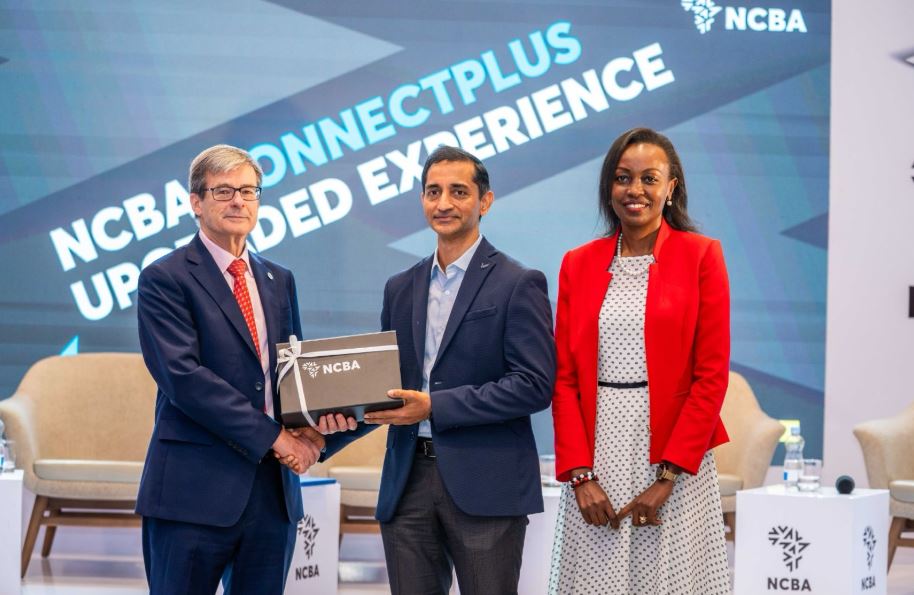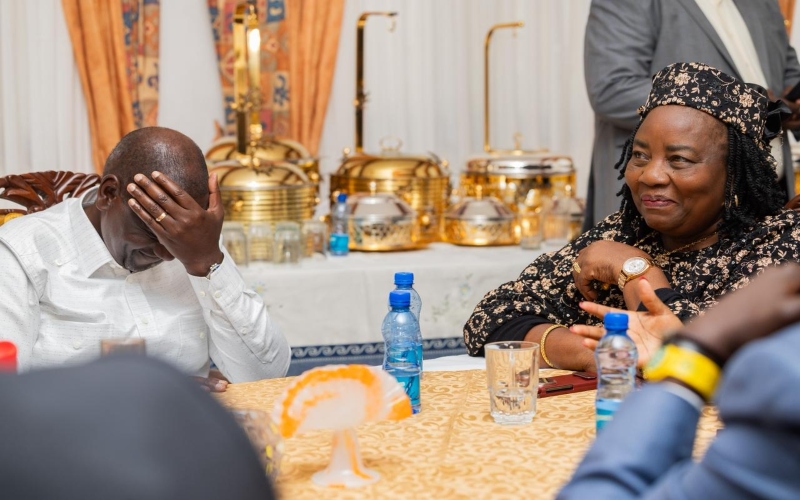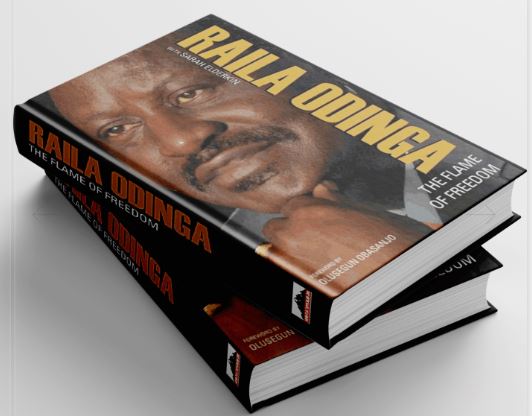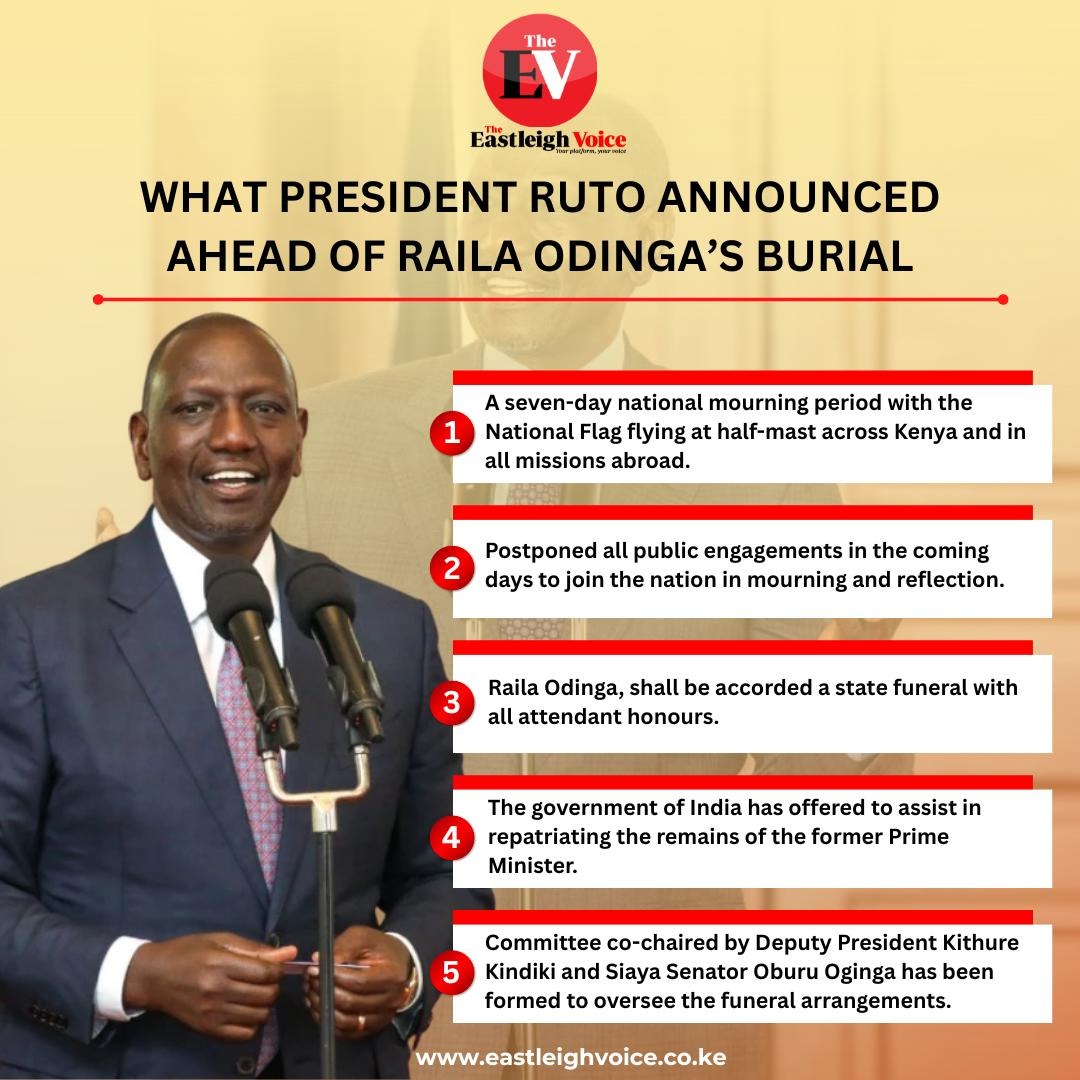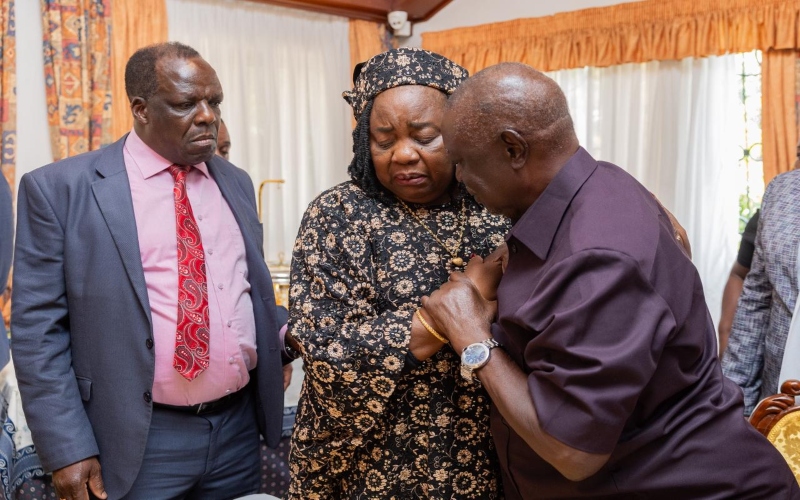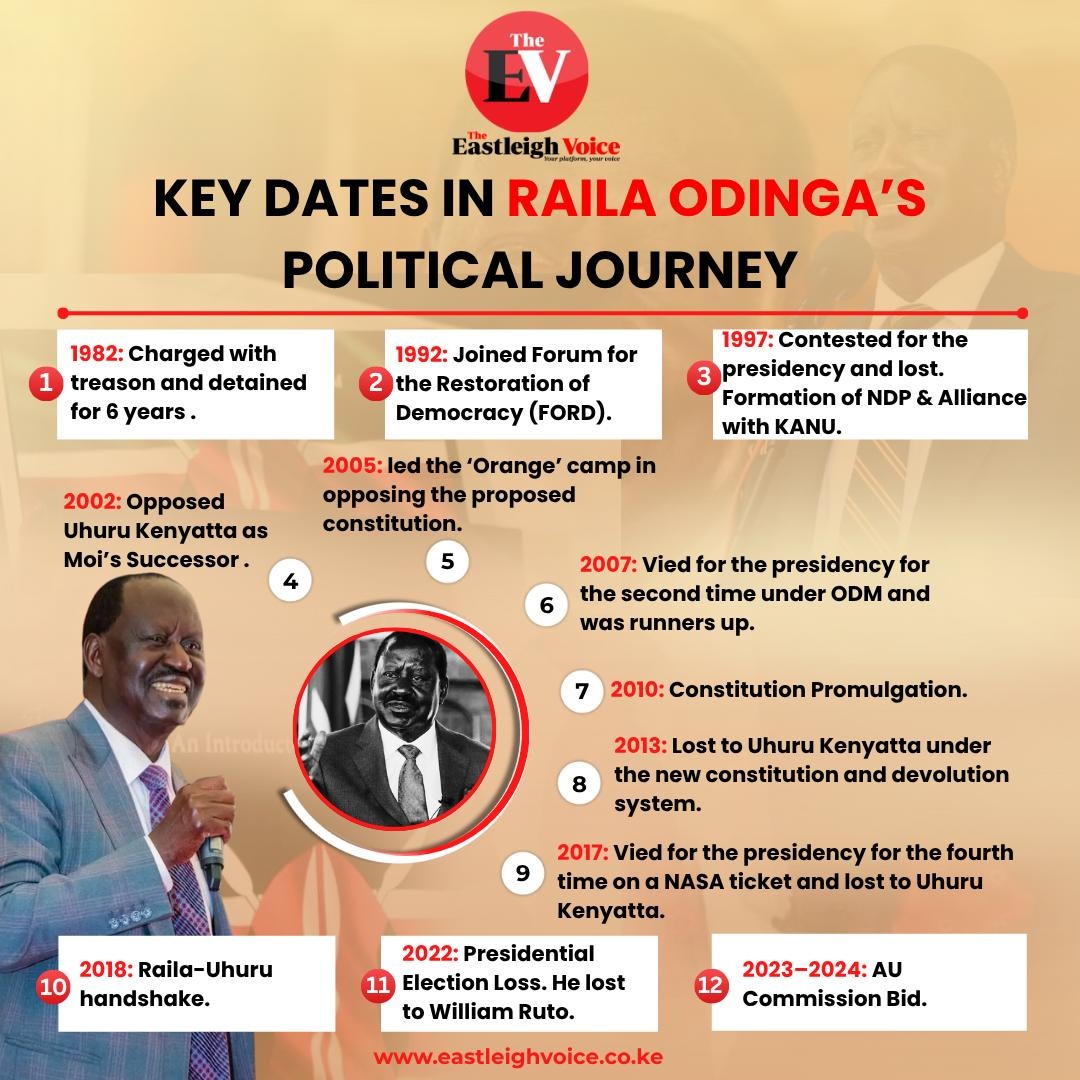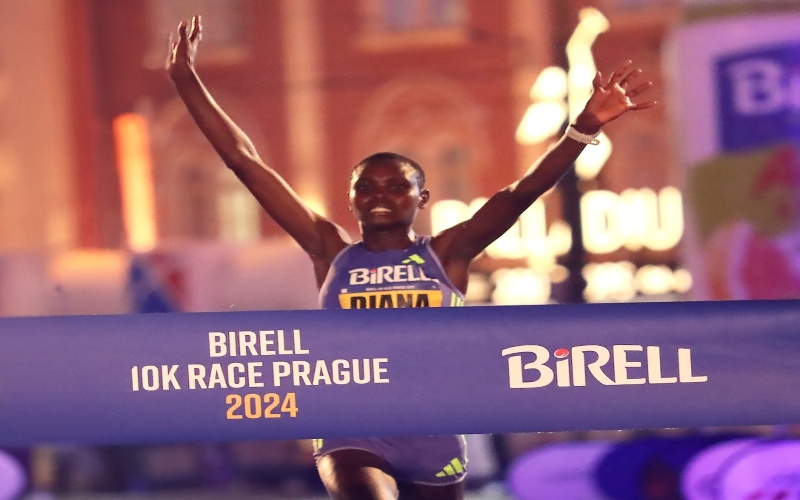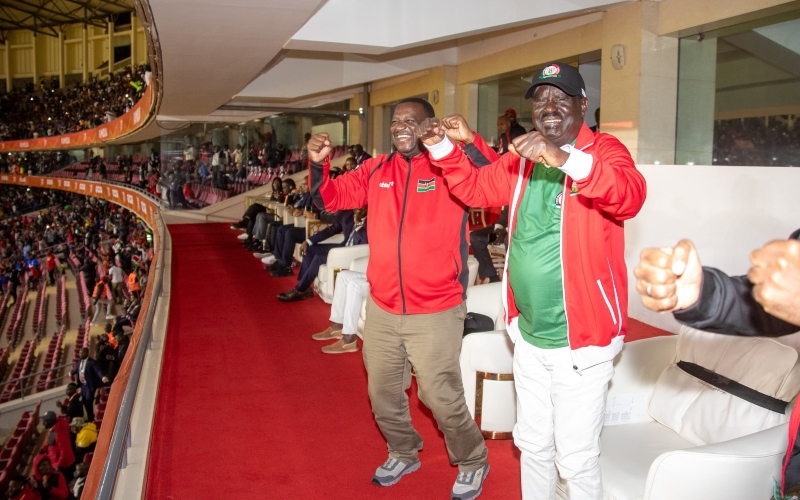Raila Odinga: Five decades of public service in Kenya and beyond
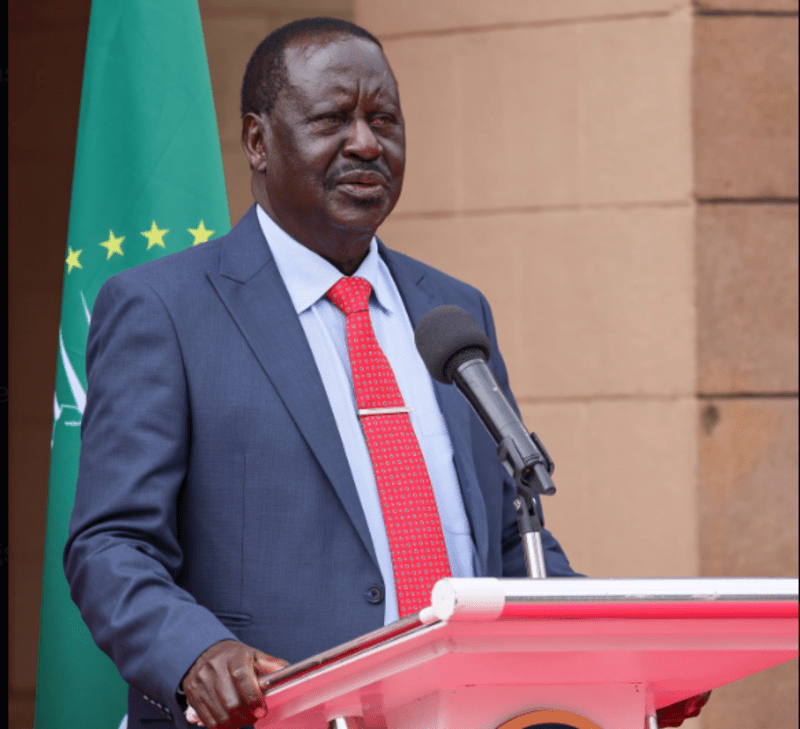
Before getting into elected politics, Raila worked within the government’s technical departments. In the late 1970s and 1980s, he was the Deputy Director at the Kenya Bureau of Standards (KEBS), the national body responsible for measurements and quality control.
Raila Odinga has left his mark on Kenya’s public life for five decades, moving through technical roles, cabinet leadership, a historic period as Prime Minister, and work across Africa.
While often seen as Kenya’s long-standing opposition leader, Raila has also held important government jobs that shaped energy policy, roads and housing, and how different ministries worked together in a coalition government.
More To Read
- Cardiac arrest explained: The 'silent killer' reportedly behind Raila Odinga's death
- Key dates in Raila Odinga's political journey
- What President Ruto announced ahead of Raila Odinga's burial
- Raila Odinga's love for Gor Mahia and Arsenal: The statesman who lived, breathed football
- Negotiating peace: Raila Odinga’s influence in Kenya and the region
- President William Ruto leads World in paying tribute to Raila Odinga
Before getting into elected politics, Raila worked within the government’s technical departments. In the late 1970s and 1980s, he was the Deputy Director at the Kenya Bureau of Standards (KEBS), the national body responsible for measurements and quality control. This job sharpened his engineering skills, focusing on process, accuracy, and rules, long before election campaigns and rallies became his public face.
Parliament role
Raila represented the Lang’ata Constituency in Parliament from 1992 to 2013. This 21-year period saw Kenya move towards multiparty politics and various political shifts.
He also led and helped shape political groups – the Liberal Democratic Party (LDP), National Rainbow Coalition (NARC), and later the Orange Democratic Movement (ODM) – these were political roles, not government appointments, but they were crucial for parliamentary decisions and forming cabinets.
Cabinet jobs
Raila joined the cabinet towards the end of President Daniel arap Moi’s time, serving as Minister for Energy from 2001 to 2002. This role was at the very heart of the economy, dealing with fuel policy, power licensing, and early efforts to reduce blackouts and prepare for private companies to get involved. Although it was a short time, it put him right in the middle of fuel price politics and the practicalities of generating and distributing power.
After the opposition won in 2002, Raila joined President Mwai Kibaki’s government as Minister for Roads, Public Works and Housing (2003–2005). He fixed main roads, improving connections in towns and rural areas, managing public building projects, and guiding housing policy as Nairobi’s skyline started to change. These years were all about catching up on infrastructure, with the public increasingly expecting better roads and public buildings.
Prime Minister (2008–2013)
The peak of his career came after the 2007–08 post-election crisis. Under the National Accord, Raila became Prime Minister in a Grand Coalition Government – a power-sharing deal designed to stop violence and make the country stable again.
His job was to coordinate and oversee how government departments carried out their duties, co-chair cabinet meetings, and push forward a reform plan that included changes to the constitution, legal system, and police.
The Prime Minister’s office became a central point for cabinet coordination during a tense time in Kenya’s history. The coalition had its disagreements, but it brought about significant changes, including progress towards the 2010 Constitution. Raila’s role required constant negotiation between political parties, policies, and public demands.
AU High Representative (2018–2023)
Beyond Kenya, Raila took on a role for the whole of Africa as the African Union High Representative for Infrastructure Development.
Other Topics To Read
From 2018 to 2023, he championed projects like cross-border transport routes, shared energy systems, and initiatives to bring countries closer together. These projects, though technical, hold political importance in a continent where roads and power lines often help build peace.
It’s worth noting that Raila did not hold formal Kenyan government positions under Presidents Uhuru Kenyatta or William Ruto. During those times, his main role at home was in opposition, and his work on the continent was focused on infrastructure. The title “Leader of the Opposition,” often linked to him, has been more of an unofficial political role than a continuously formal government position in Kenya’s changing political system.
Top Stories Today

